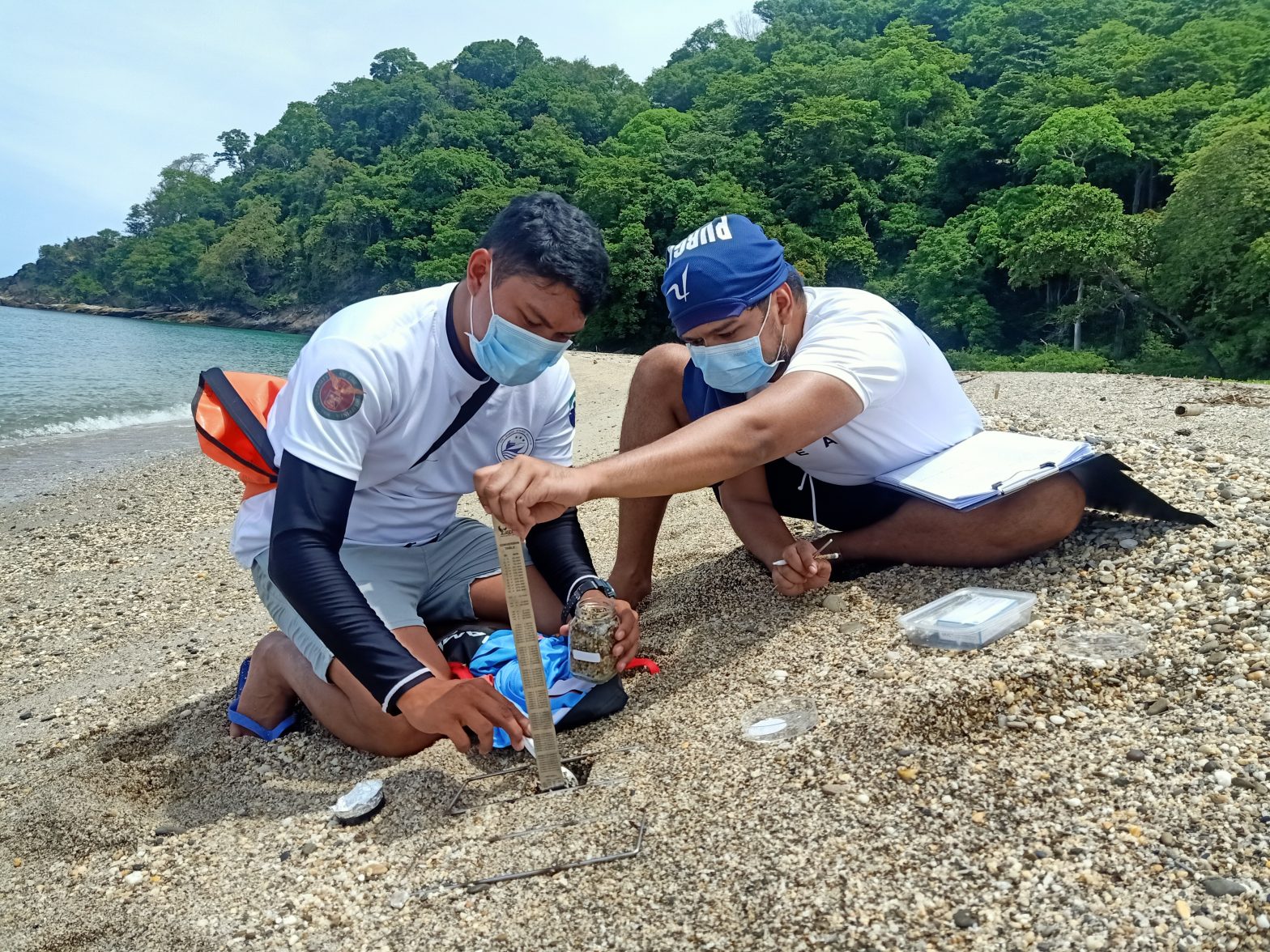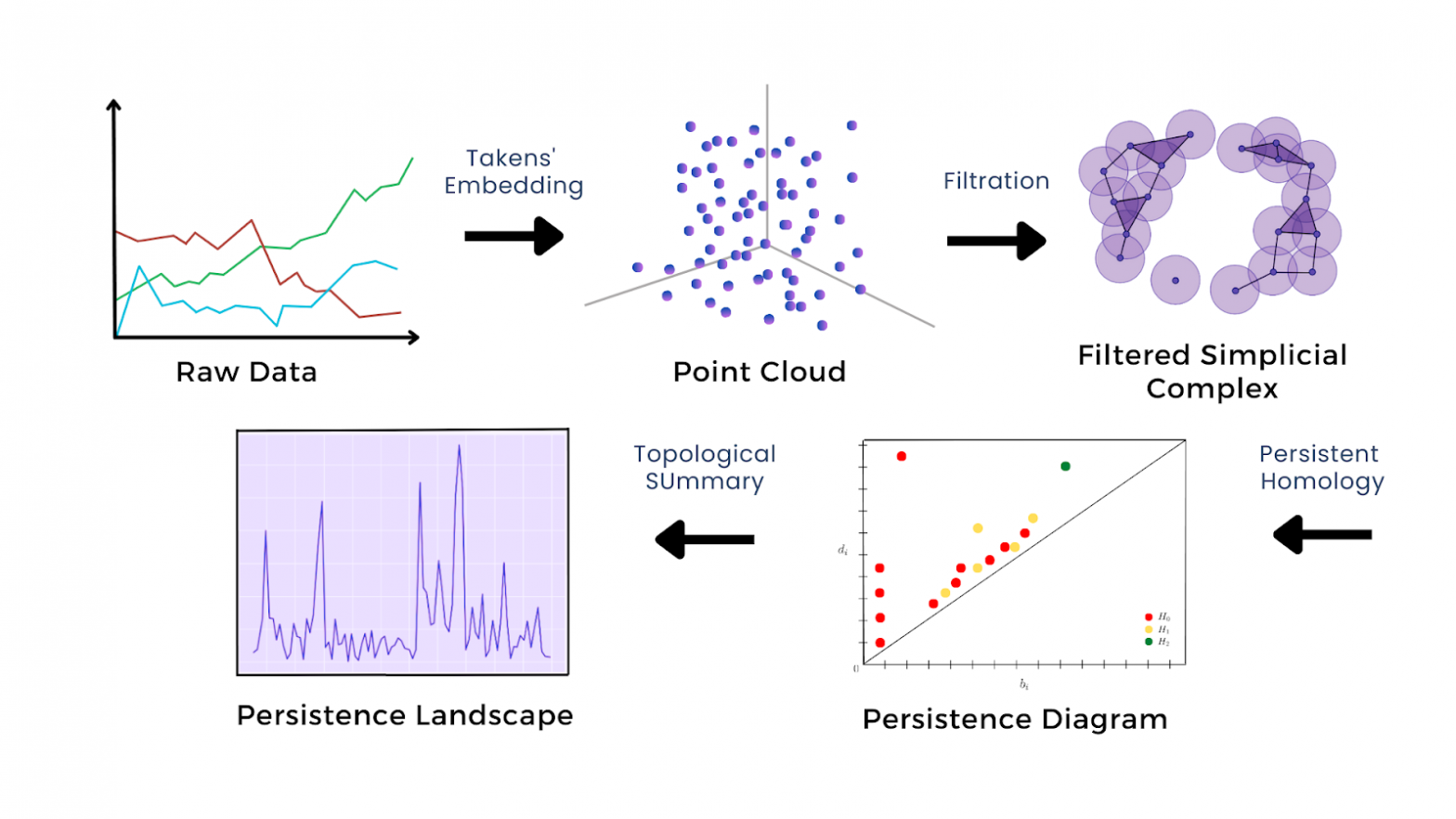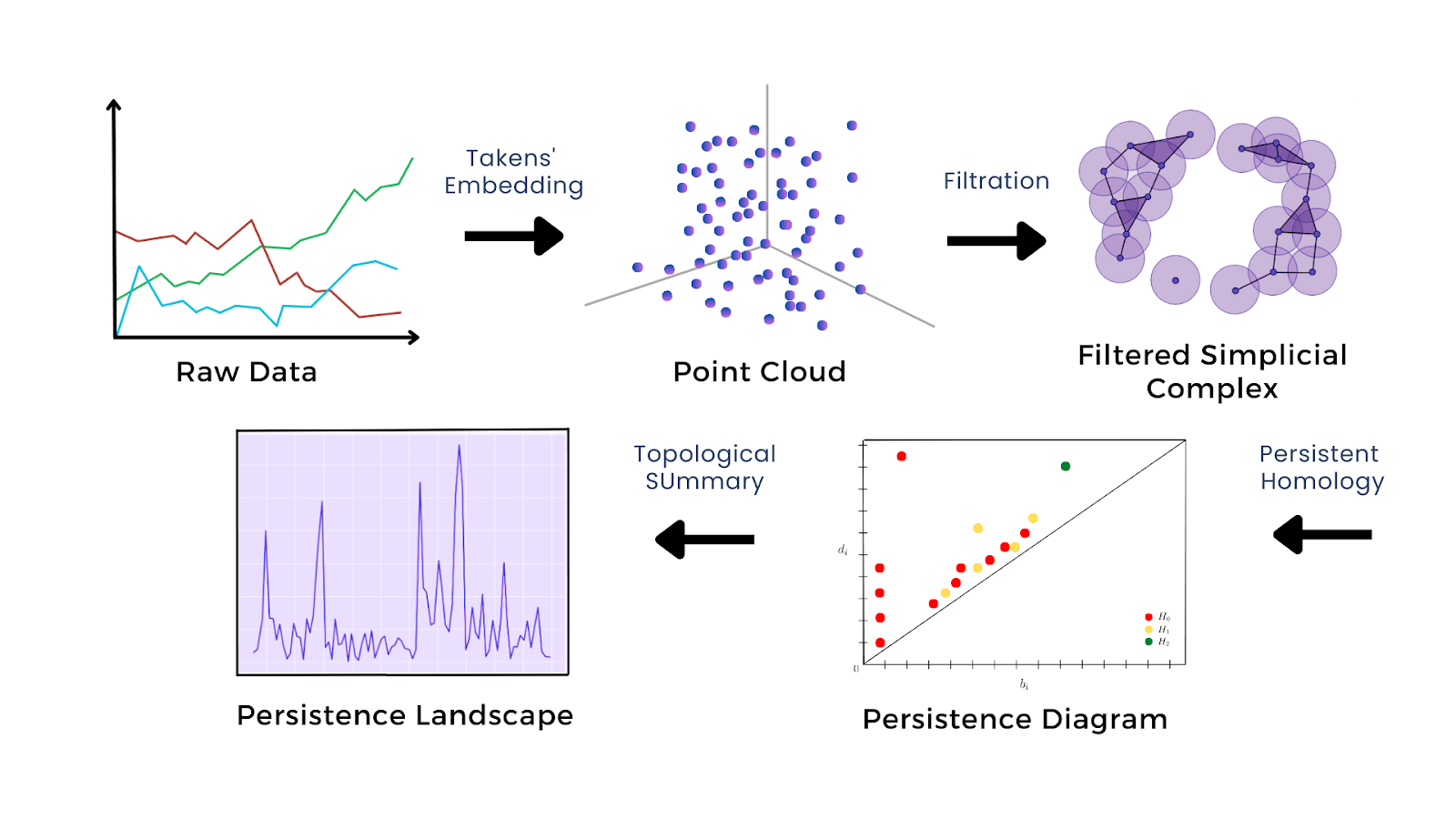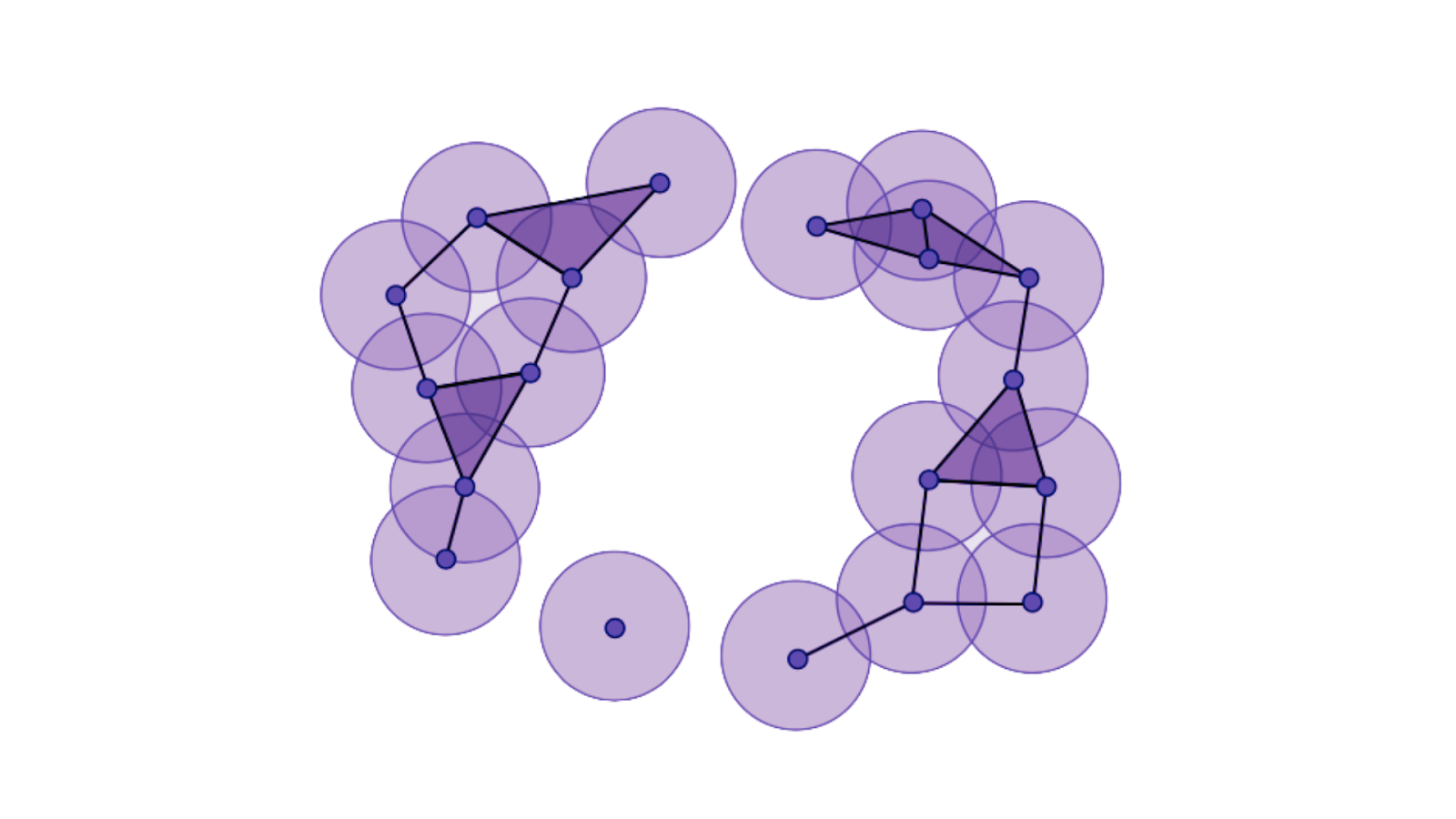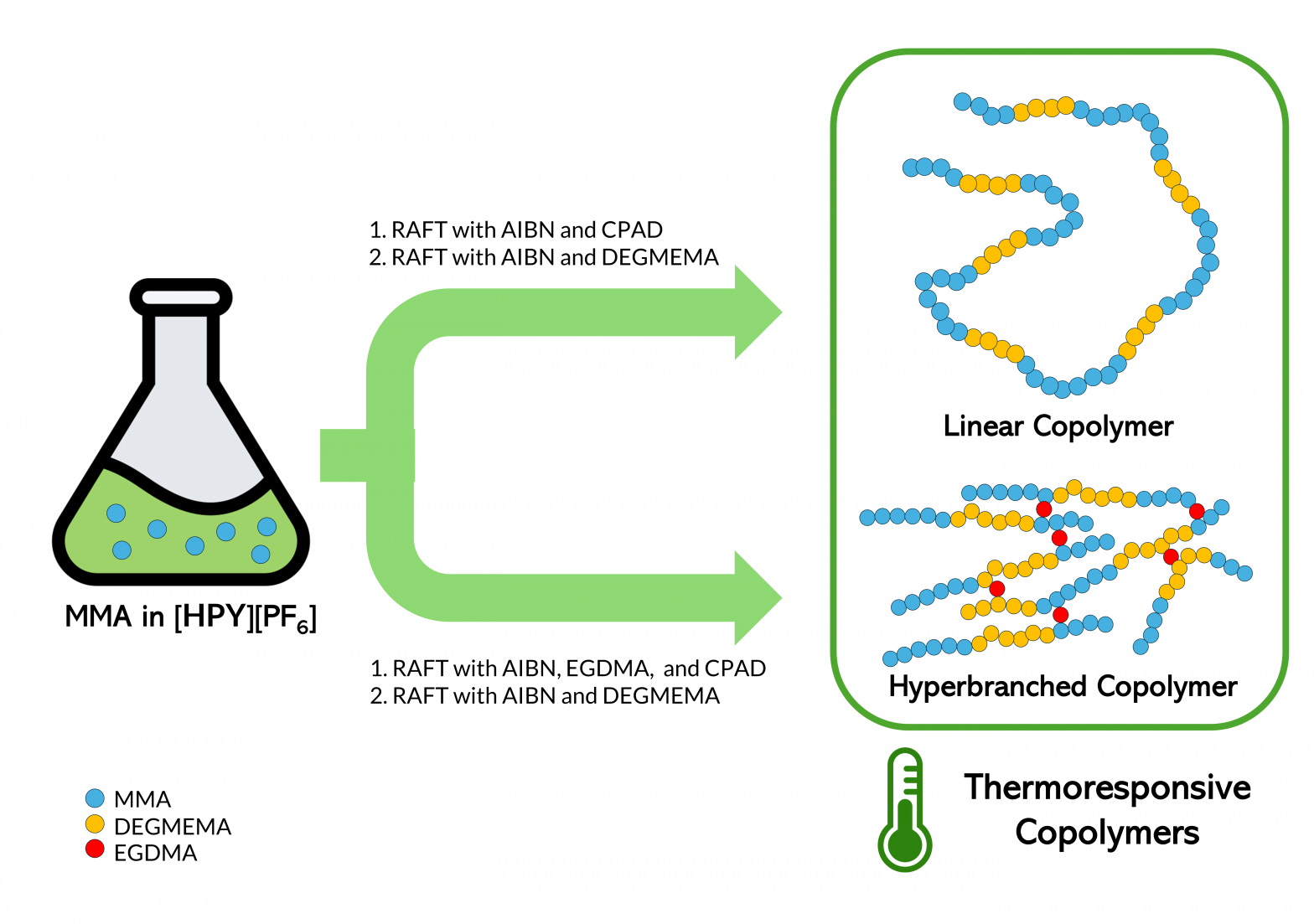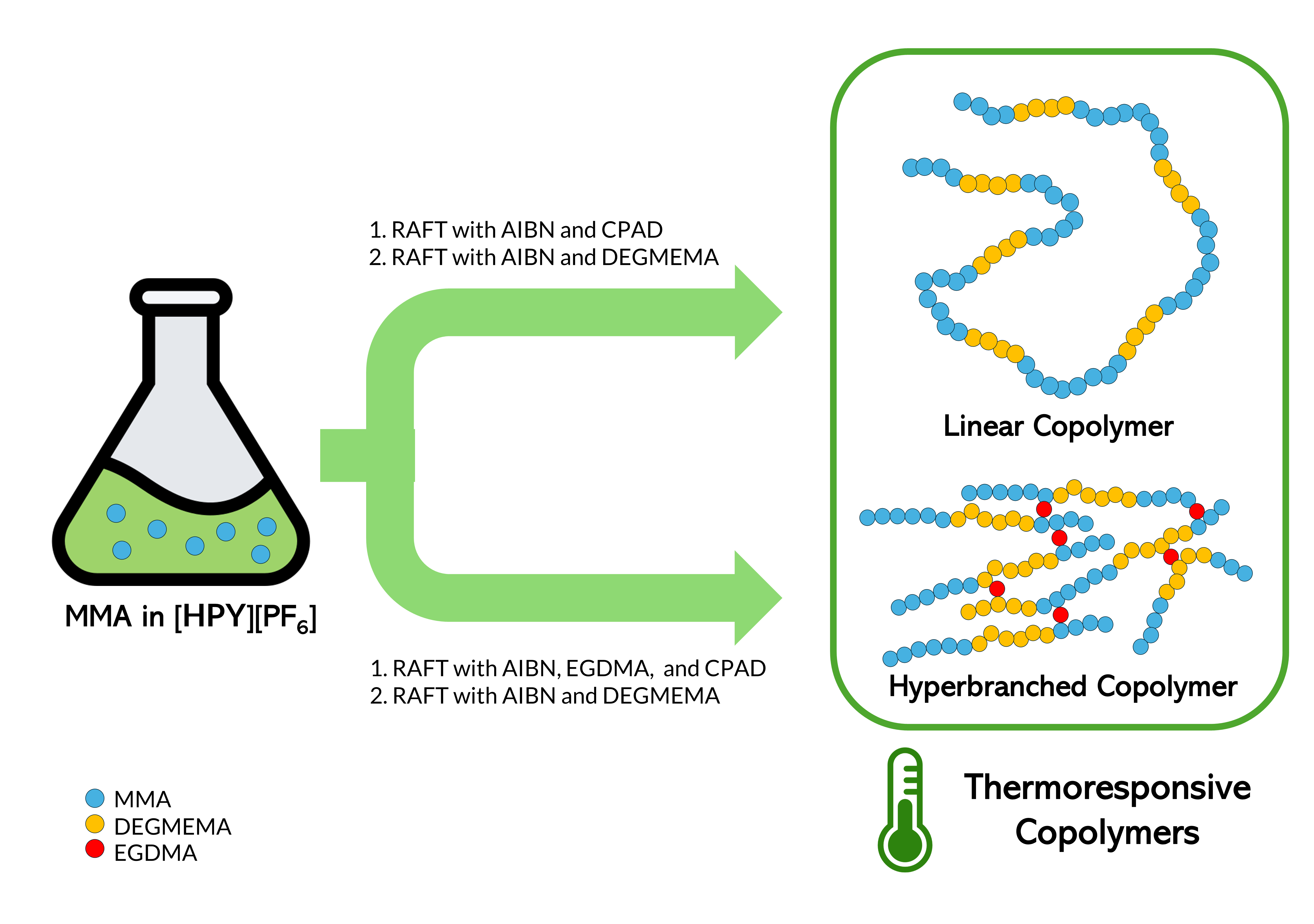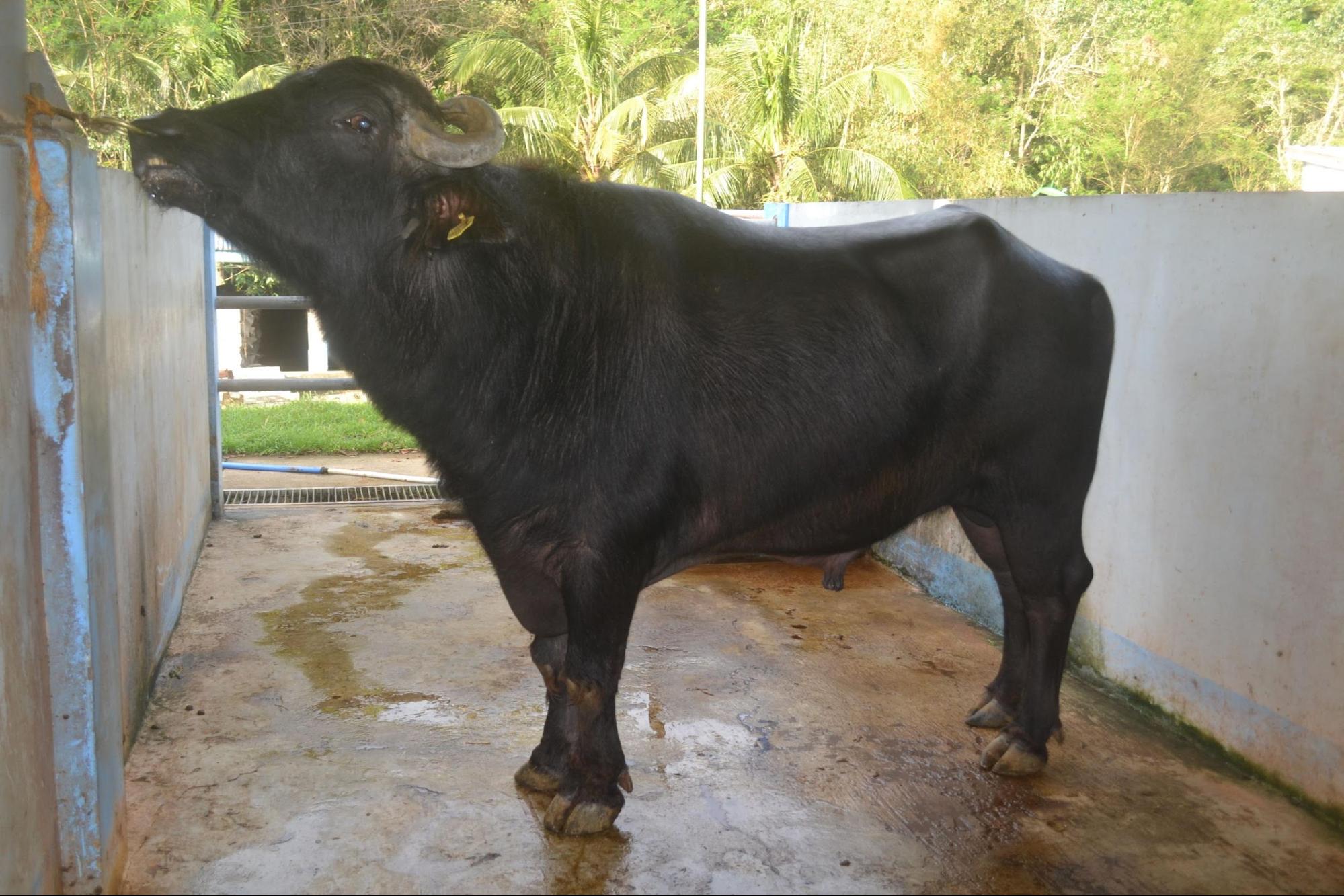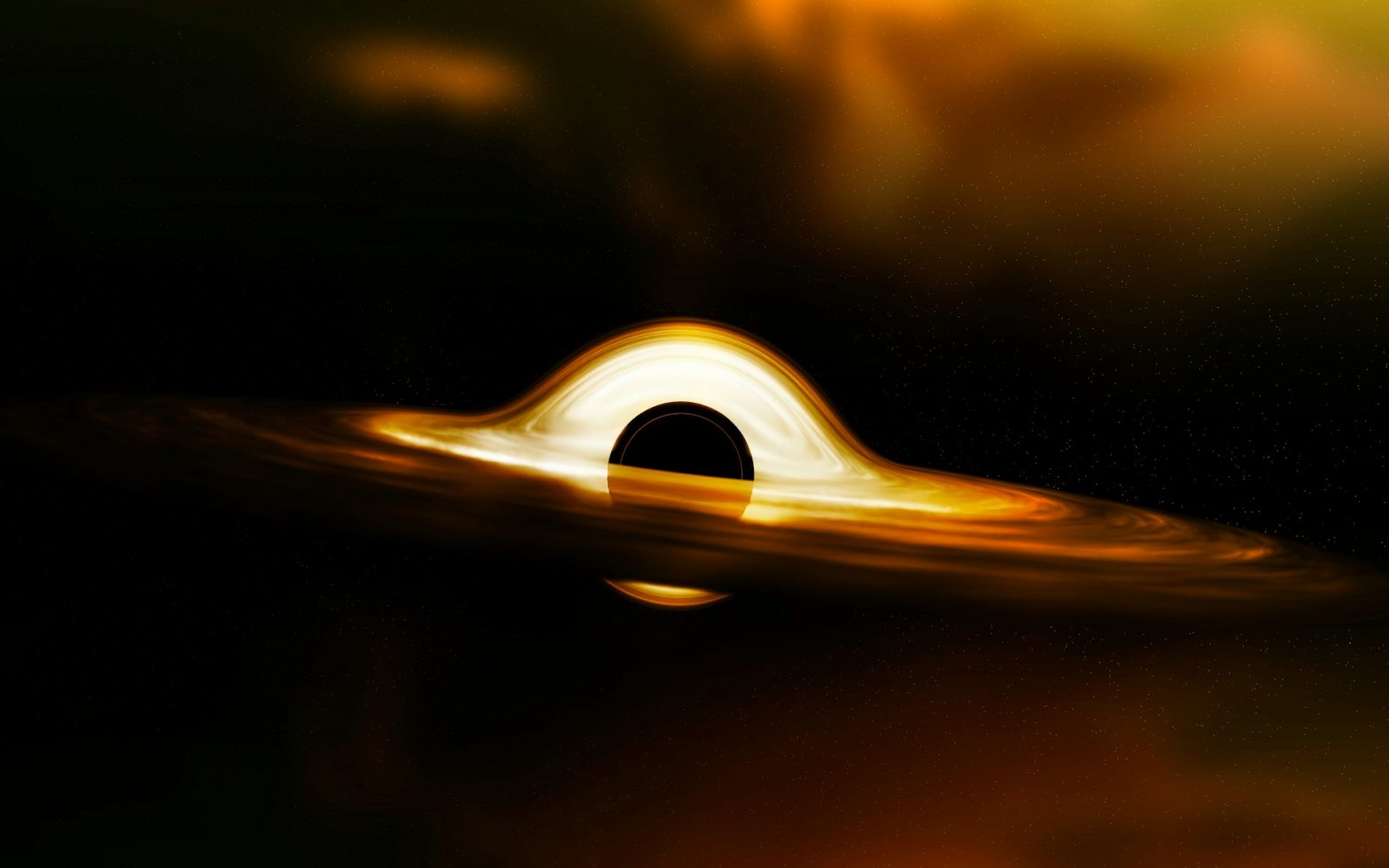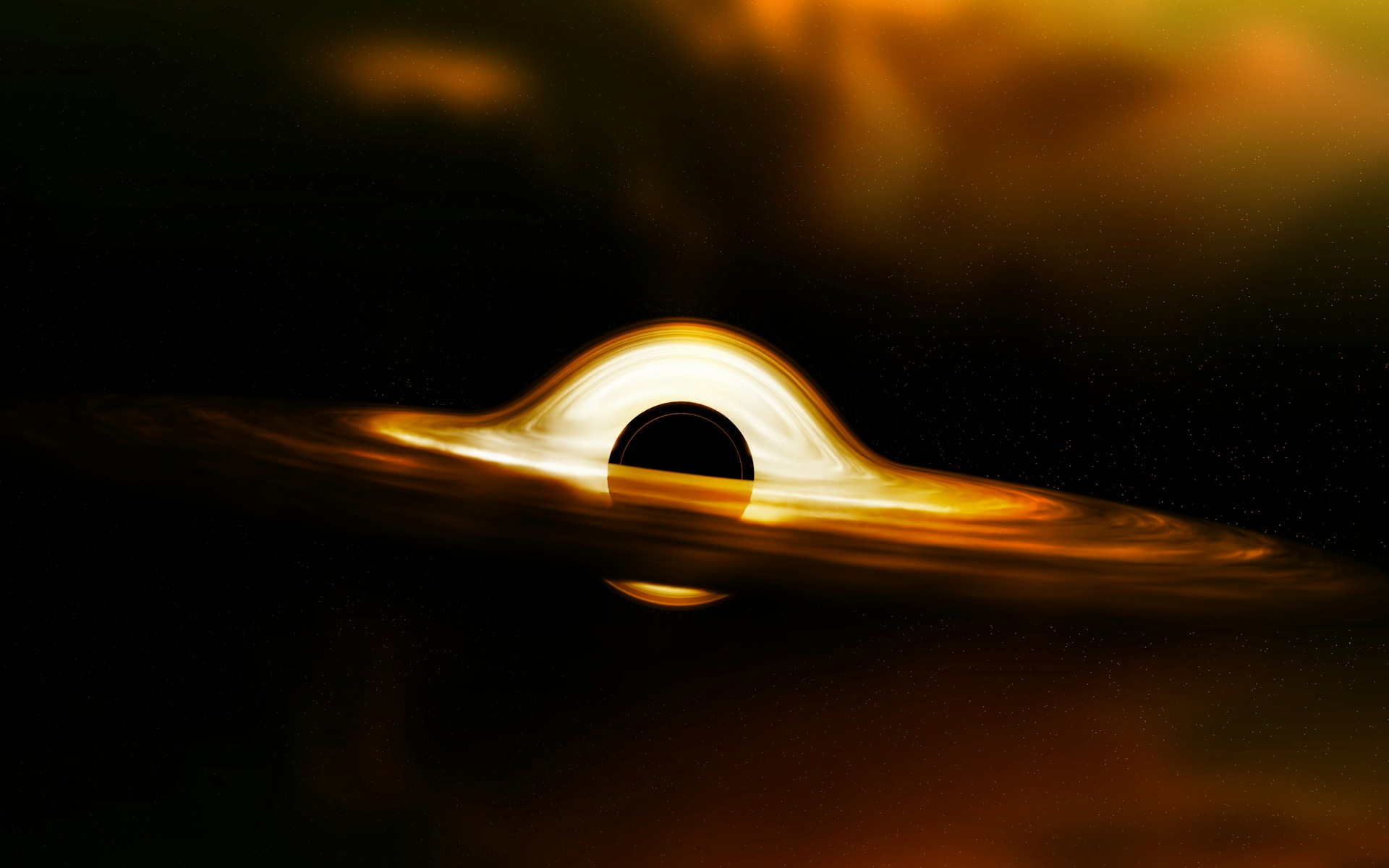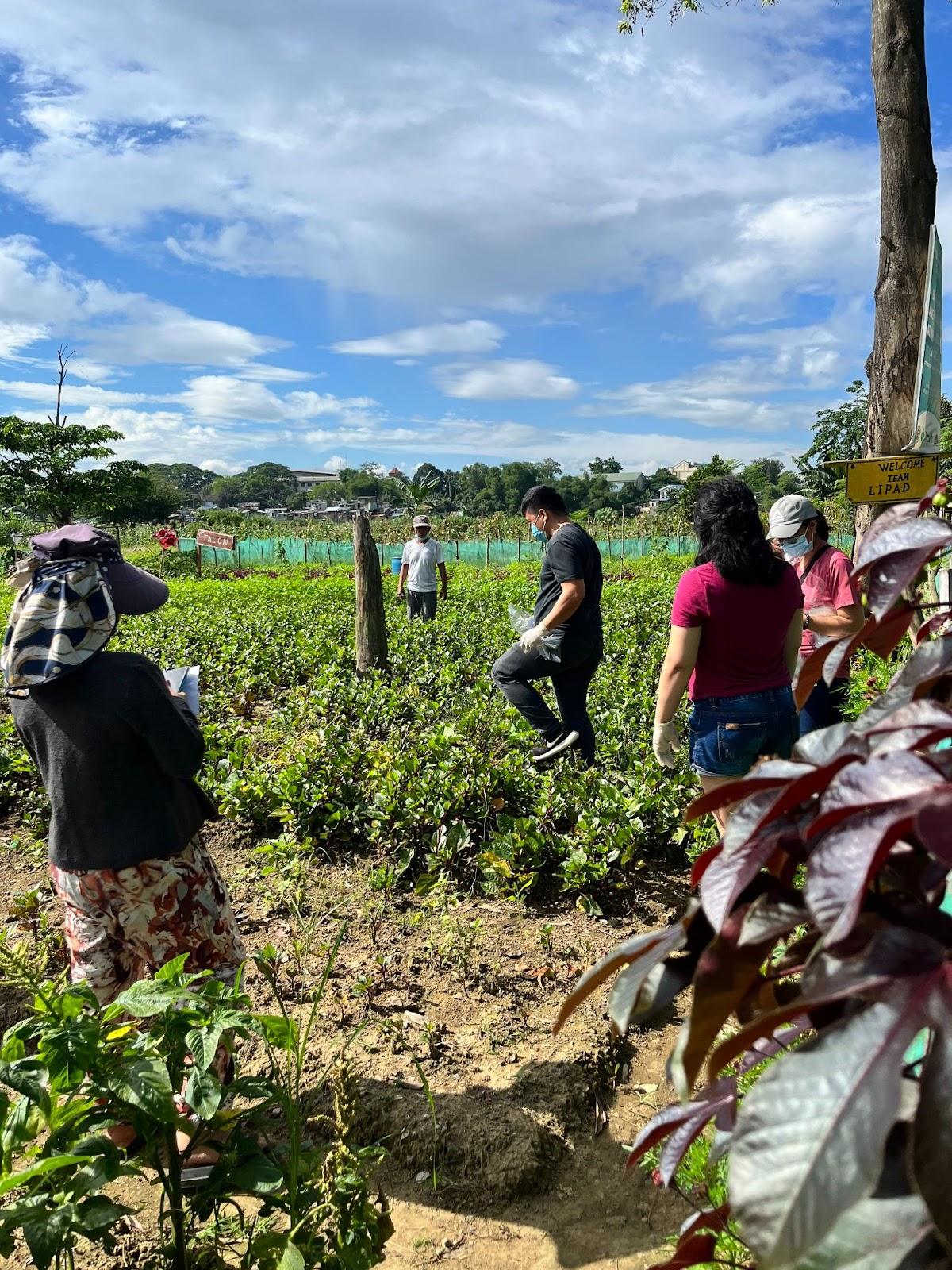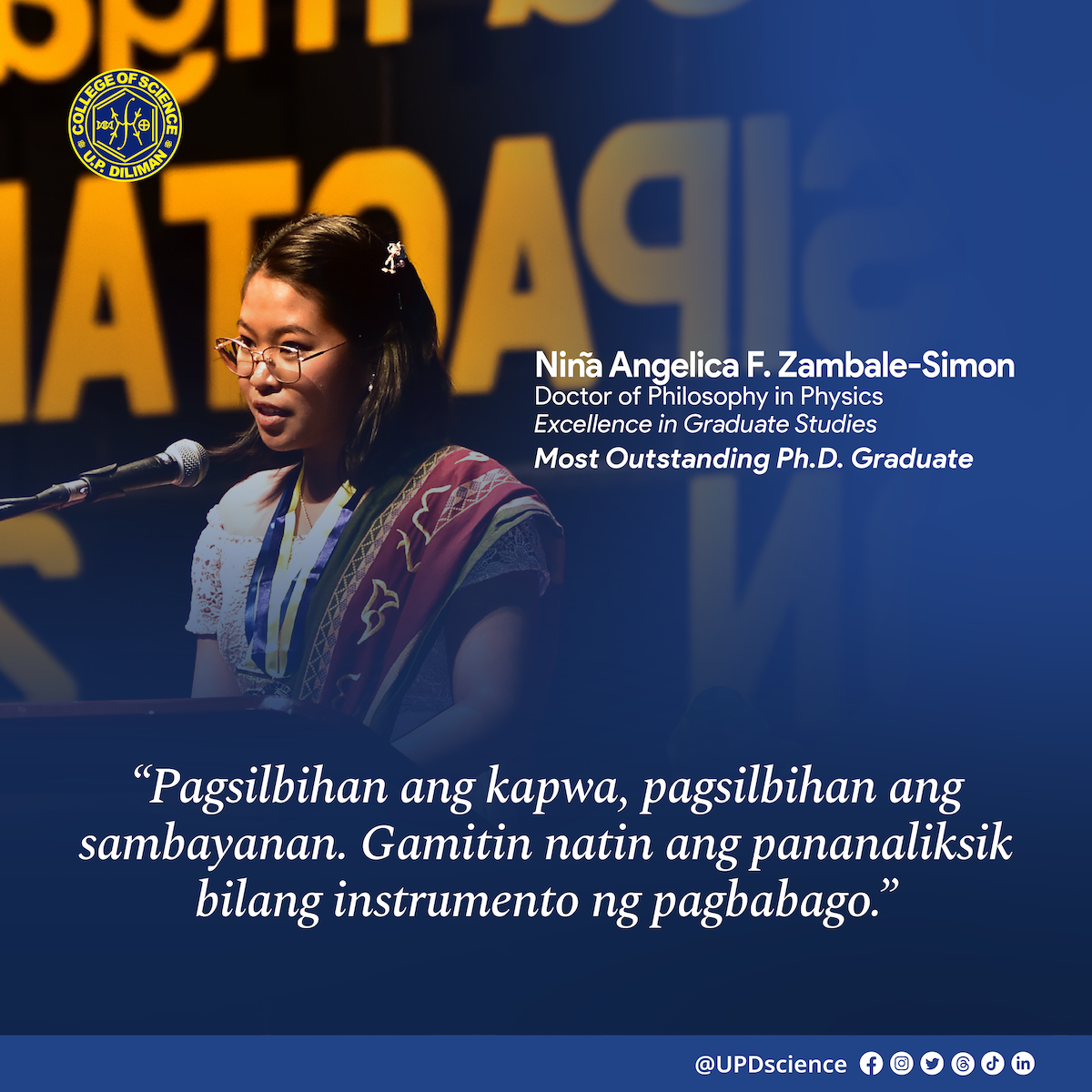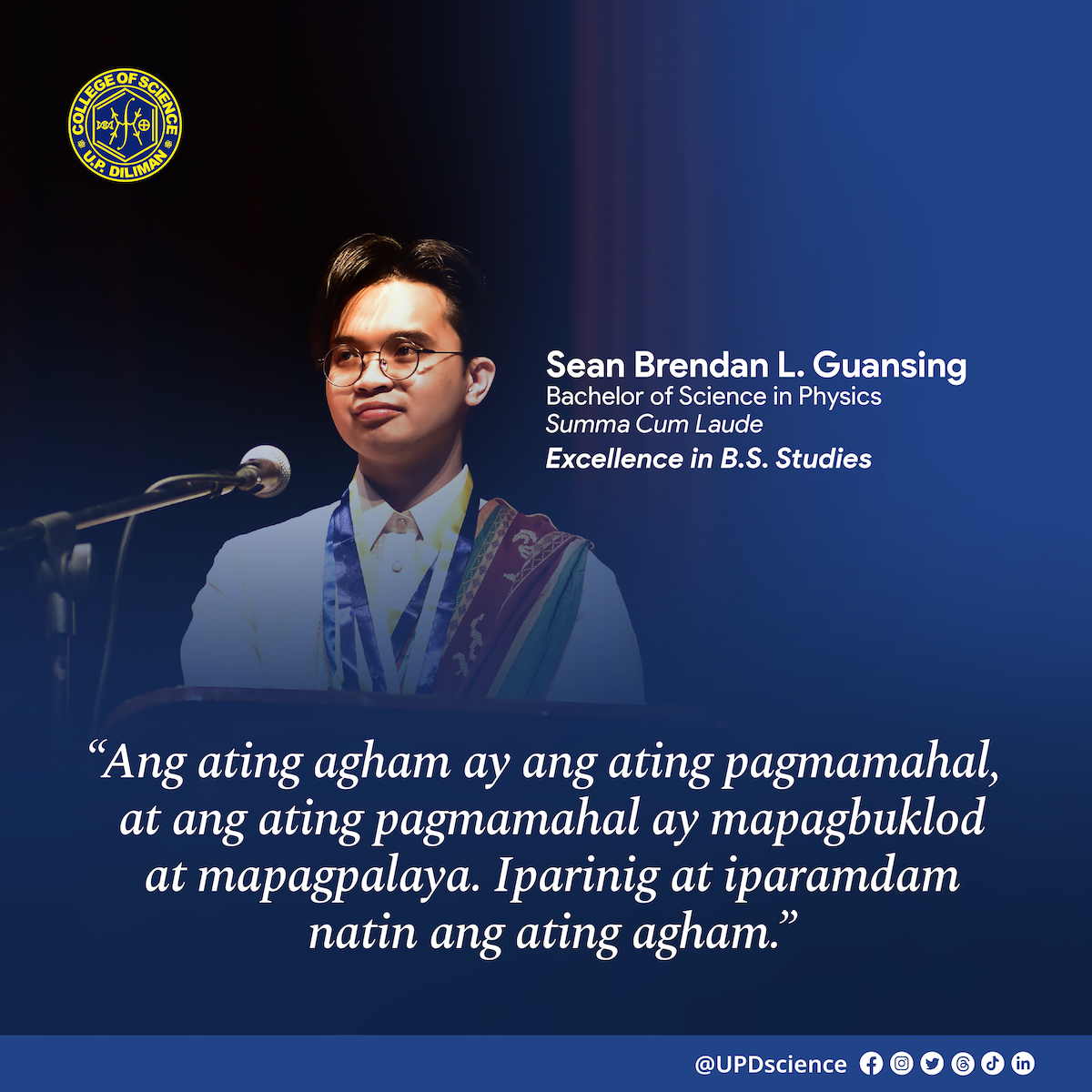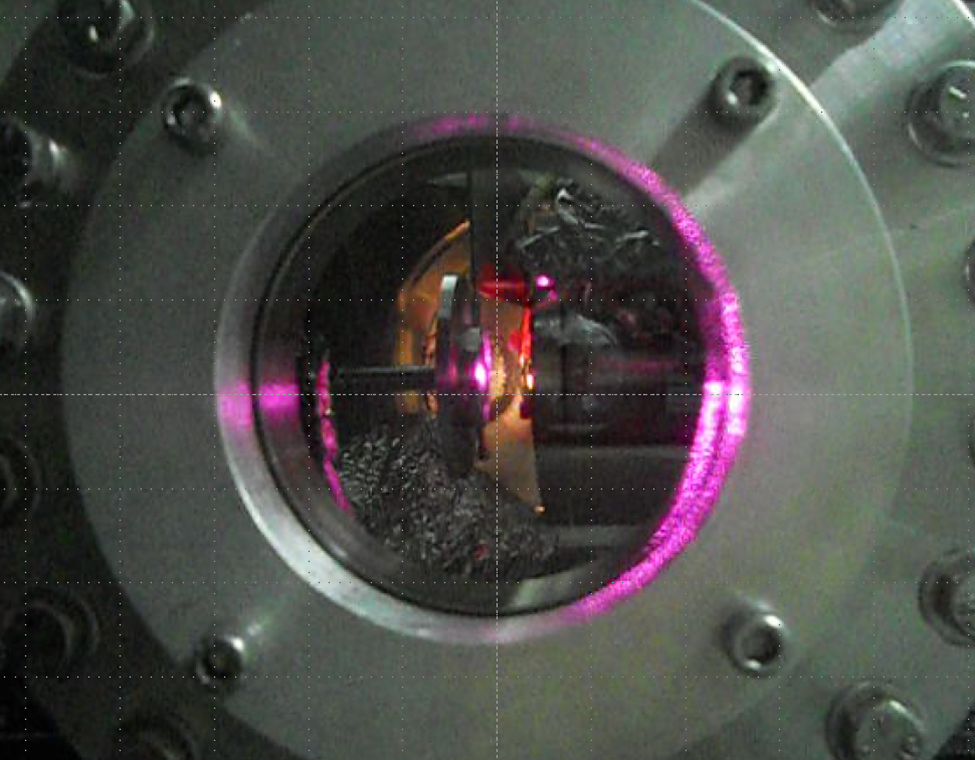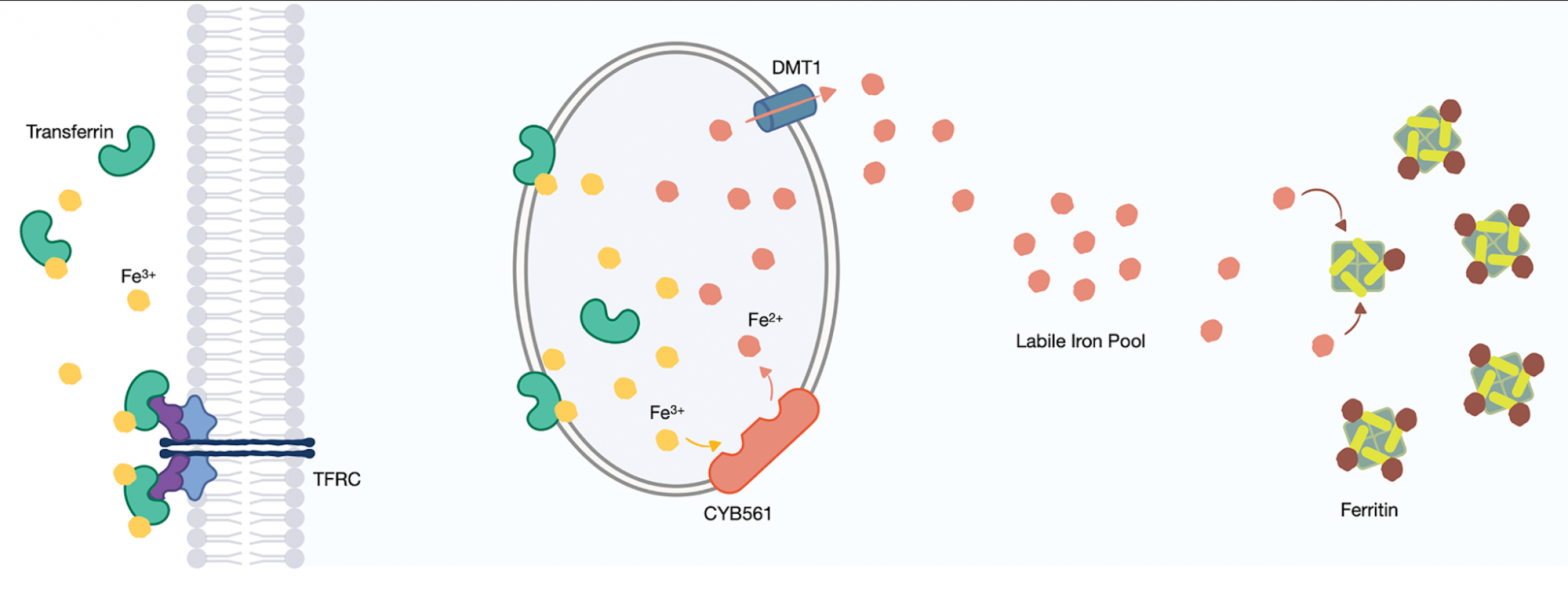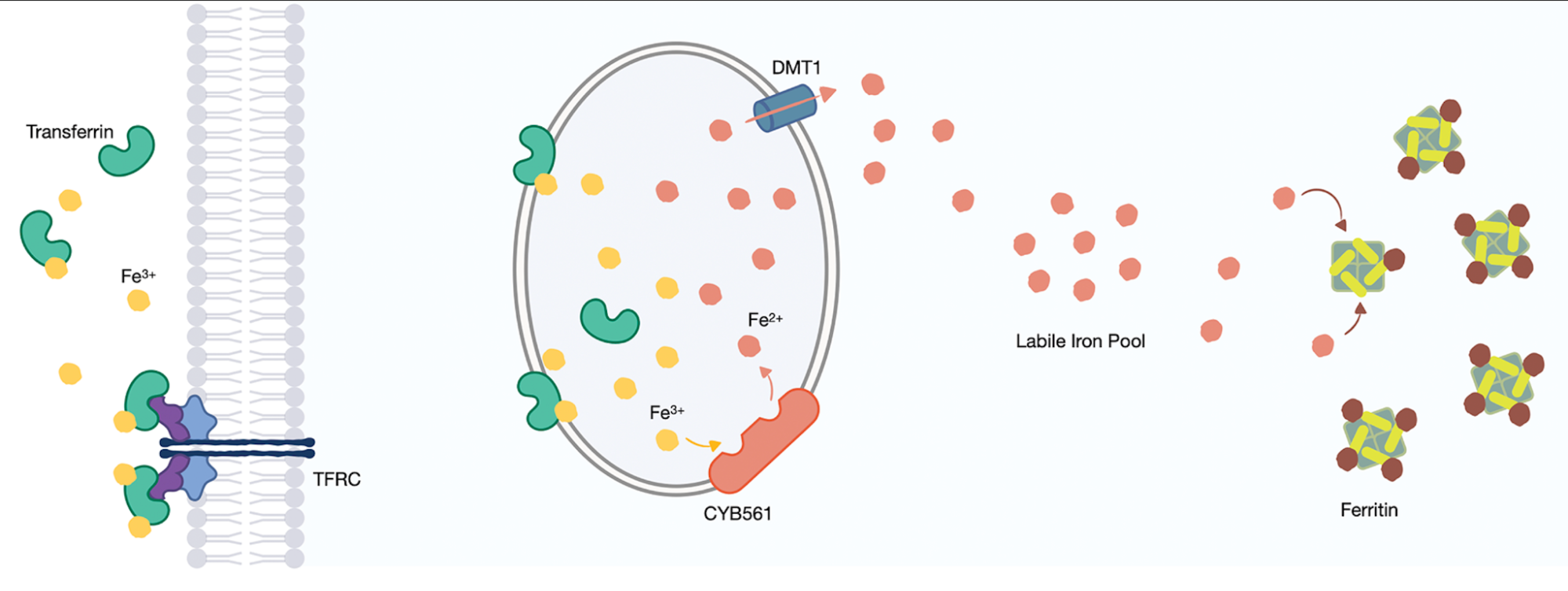Documentary on UP Marine Science Institute’s work on Plastics wins at Bantog Awards
Published: October 15, 2024
By: Eunice Jean C. Patron

A documentary featuring projects of the University of the Philippines – Diliman College of Science’s Marine Science Institute (UPD-CS MSI) received the Best Science and Technology Investigative Story (Audio-Visual) trophy at the Department of Science and Technology’s 2024 Bantog Awards for Science Communication.
Produced by the GMA Integrated News Digital Innovation and Strategic Lab for their DigiDokyu segment, the episode, “Ang Plastic Mo! The Philippine Plastic Problem,” delved into the effects of plastic on the country’s marine environment, the livelihoods of fisherfolk, and the food supply.
According to the World Bank, as cited in the documentary, the Philippines produces 2.7 million metric tons of plastic annually, 20% of which ends up in the ocean. Published research on plastics frequently mentions the Philippines as a top contributor to marine plastic pollution, yet most of this research is based on model projections and lacks actual baseline data collected from Philippine marine areas. The growing problem of plastics in the country and the lack of accurate data on plastics pushed MSI to create projects addressing plastic pollution.
PlastiCount Pilipinas
PlastiCount Pilipinas aims to raise awareness among Filipinos about the widespread presence of plastics, particularly in marine environments and coastal communities, by quantifying plastic pollution in the Philippines, thereby encouraging action to address the issue. The Institute’s innovative project utilizes advanced technologies, such as artificial intelligence (AI), to efficiently count and collect comprehensive and reliable information on plastics in Philippine waters, and to effectively visualize and understand their composition in local communities. Quantifying mismanaged plastics allows the Philippines to establish metrics to track increases or decreases in plastic waste. Identifying plastic debris in the country’s waters can also help in developing policies and solutions tailored to the types of plastic found in specific locations.
Circular Explorer Project
In partnership with the cement manufacturing company Holcim and the environmental organization One Earth One Ocean, MSI launched the Circular Explorer Project to empower students and communities to practice environmental sustainability through a science-driven approach to ocean research. The Circular Explorer is the first solar-powered sea vessel designed to collect plastic waste from the water for recycling and is capable of clearing up to four tons of plastic daily with its built-in sensors and plastic collectors.
PlasMics Project
MSI also oversees the DOST-funded Plastics in the Marine Environment, Trophic System, and Aquaculture in the Philippines (PlasMics) Project, which aims to determine the prevalence and potential impact of plastics on the marine environment, as well as their implications for biodiversity and aquaculture.
Dr. Deo Florence Onda, principal investigator of the Microbial Oceanography Laboratory (MOLab) responsible for these projects, shared that MSI is now working with agencies such as the Department of Environment and Natural Resources to harmonize the projects’ methodologies for national baselining. “The technology we are developing is already being adopted by national government agencies. That’s what we want – the university develops technology, and the national government adopts it for roll-out, application, and institutionalization.” MOLab also aims to make its initiatives more accessible to the general public through collaborations with media organizations.
DOST’s Bantog Awards for Science Communication aims to expand public interest in science, technology, and innovation, as well as to enhance science literacy in the Philippines. This year’s theme is “Driving Developments through Science Communication.”
For interview requests and other concerns, please contact media@science.upd.edu.ph.

